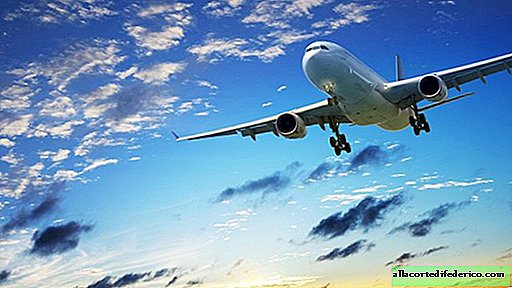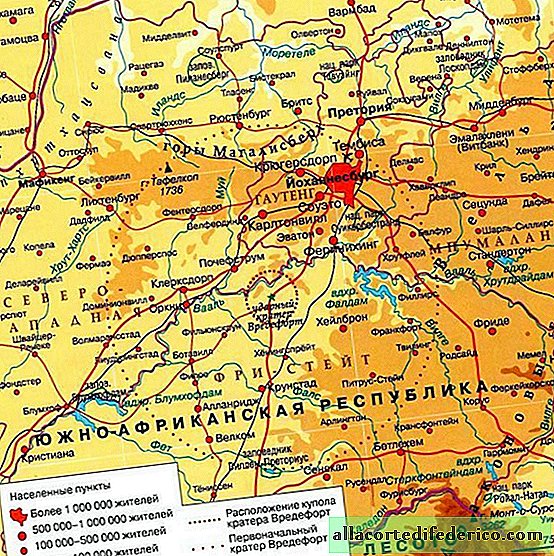Where in the cabin of a plane flying at an altitude of 10,000 meters, oxygen is taken
Imagine that you are comfortably seated in an airplane chair and enjoy the flight, dreaming of an approaching vacation on the seashore or of a meeting with loved ones. And in order to make it convenient and comfortable for you, as well as on the ground, special systems are provided in the airliners that are responsible for the air quality in the cabin.
Passenger planes fly at an altitude of 9 to 12 thousand meters. It all depends on the model, since each of them has its own "ideal" height, at which the liner spends the minimum amount of fuel and experiences little resistance. After the plane took off and gained altitude, it finds itself in atmospheric air, the parameters of which are very different from those at the surface. The air that is in the cabin is enough for about 15-20 minutes of flight, and then the oxygen content in it drops and it becomes impossible to breathe. But in order to add fresh air to the cabin, you can’t just open the hatch for ventilation. The fact is that the oxygen content at this height decreases to 7-8%, while at the bottom this figure is 21%. And atmospheric pressure overboard (the second no less important indicator of air) is reduced to 170-250 mm. Hg. Art., instead of the usual for us 740-760 mm. Hg. Art.

But with an increase in altitude, even with a constant percentage of air components, the partial pressure of oxygen decreases, which leads to a general decrease in the level of oxygen in the blood of a person, and of any other living creature. Therefore, it is not enough to simply enrich the atmospheric air with oxygen, it is necessary to bring the pressure back to normal.
To ensure comfortable conditions in all airliners, a special air conditioning system works. The system takes air that is located overboard and compresses it with the help of compressors. Due to this, the oxygen density in it rises to acceptable values. At the same time, the temperature parameters are aligned to a comfortable level.

As for pressure, a lower pressure is maintained in the cabin of the airliner than what corresponds to the level of the airport. As a rule, this is 600-650 mm. Hg. Art., which corresponds to an altitude of 1300-1800 meters above sea level. It is believed that this is the lower limit of atmospheric air pressure that is comfortable for humans.
But the air conditioning system has one significant drawback: the air entering the cabin is too dry. Sparse in the atmosphere, it contains less moisture, and is drained additionally when delivered to the salon. This is done so that ice does not freeze in the pipes of the air conditioning system, which can lead to its blockage. Therefore, some passengers experience constant thirst during the flight, and also complain of dry eyes and throat.


















